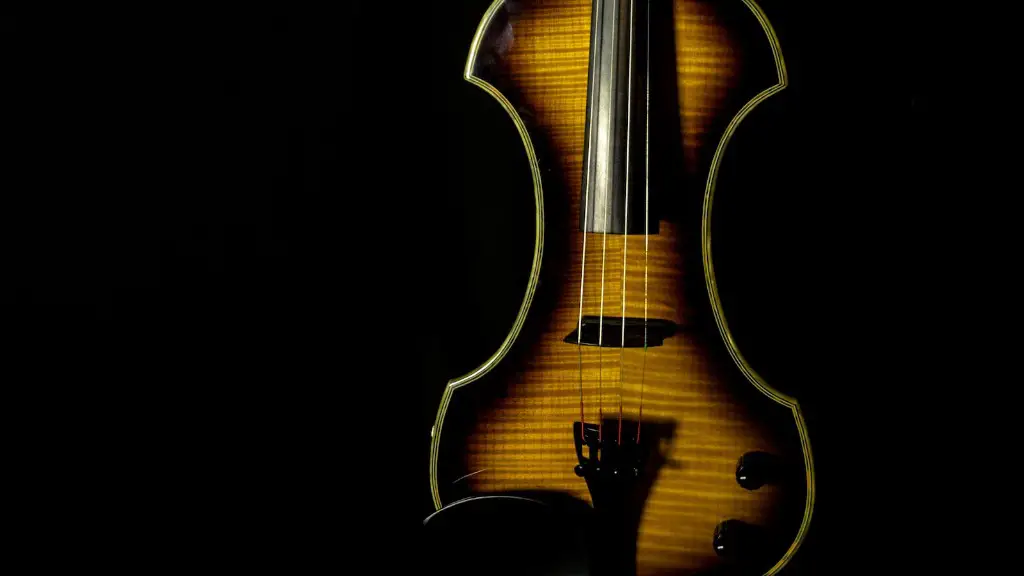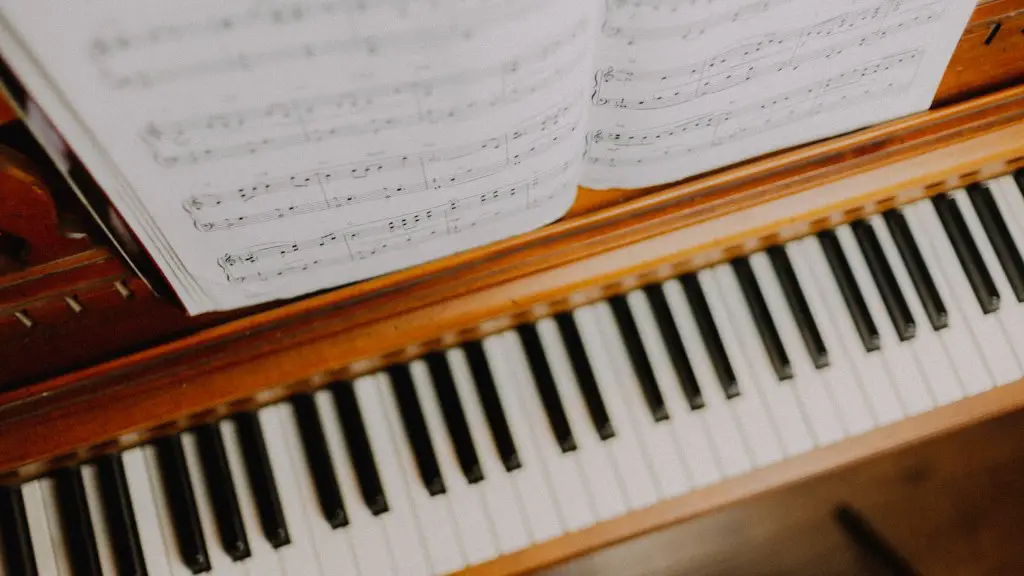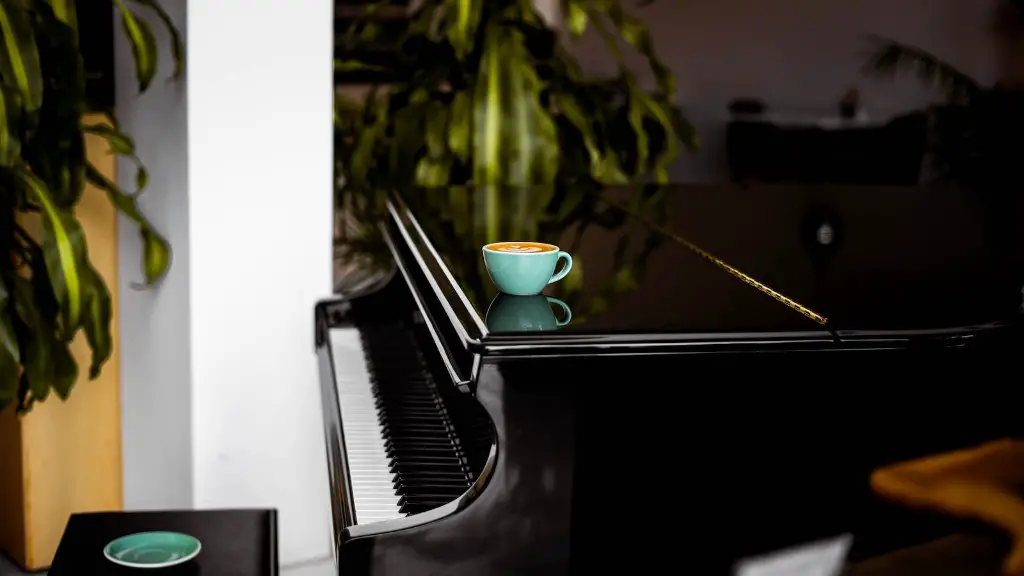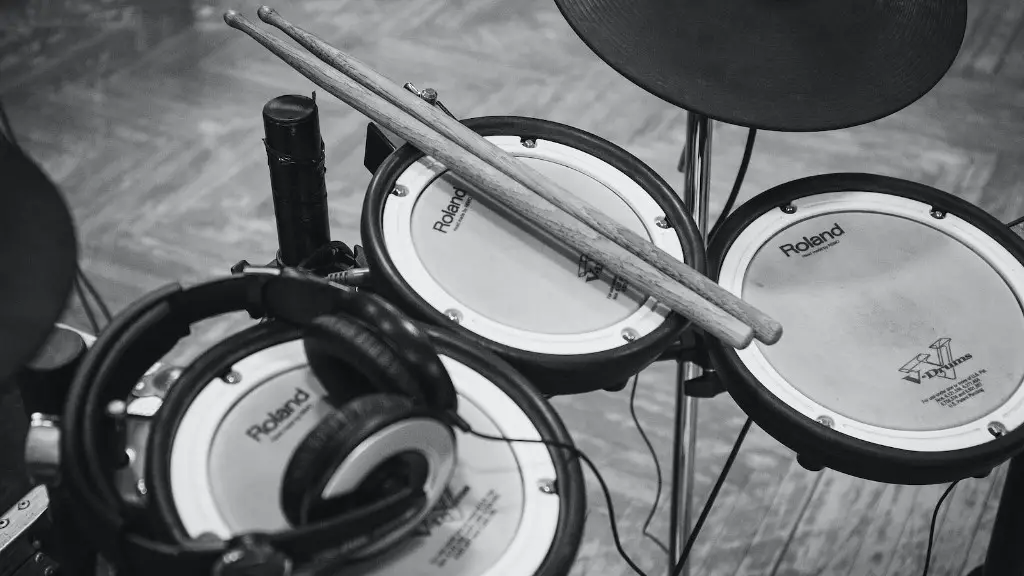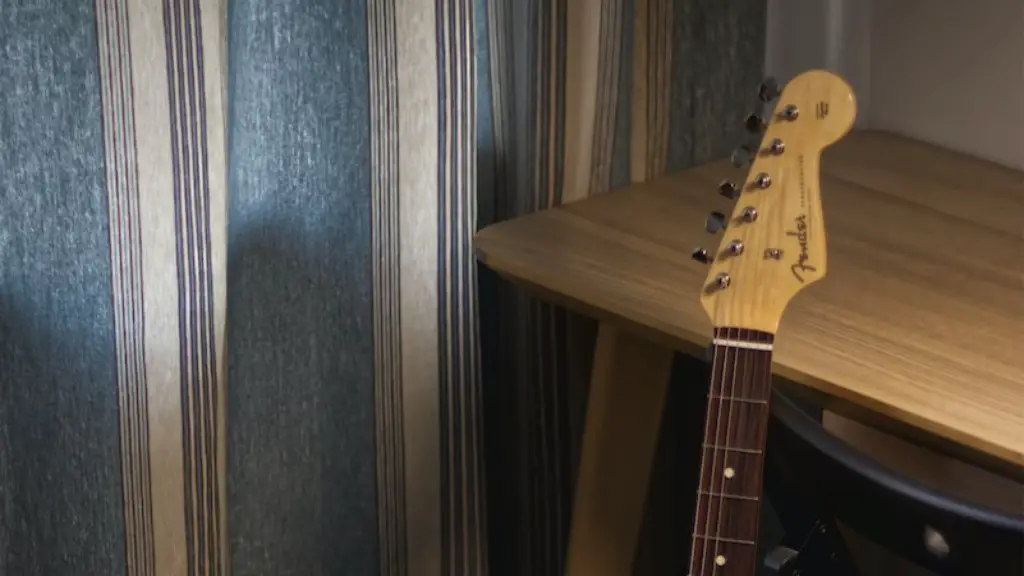Violin playing is a skillful art that requires practice and dedication. Unfortunately, many violinists struggle with producing a scratchy sound when playing. Achieving a smooth and beautiful tone on the violin takes time and effort. Fortunately, there are several methods you can use to avoid producing a scratchy sound. Here are some tips to help you get started.
The first step for avoiding a scratchy sound on the violin is to make sure your strings are in good condition. Old, worn out strings can produce an unpleasant sound. Make sure to change your strings regularly and check that they are properly tightened.
Another important factor in avoiding a scratchy sound is the bow. Make sure that the hair of your bow is in good shape and well-maintained. Also, be sure to use light pressure when drawing the bow against the strings.
Finally, pay close attention to your technique while you play. Make sure you know how to properly use vibrato and keep your hand position relaxed while moving around the fingerboard. Taking lessons from an experienced teacher can also be helpful in improving your technique. With these tips in mind, you should have no trouble avoiding a scratchy sound on the violin!
Properly Rosin your Bow
Rosining your bow is an essential part of playing the violin and one of the most important steps in achieving a great sound. Rosin helps the bow to grip the strings, creating a smoother sound and reducing unwanted scratchiness. Applying rosin to your bow can be done in a few easy steps. First, make sure you have a clean cloth and fresh rosin that is appropriate for your instrument. Then, gently rub the rosin onto the bow hair in an up and down motion, covering all parts evenly. Finally, buff off any excess rosin with the cloth before you start playing. With proper care and technique, you can maintain a smooth sound on your violin for many years to come!
It’s also important to remember that rosin can wear out over time, so it’s important to check your bow regularly for signs of wear and tear. You may need to re-apply rosin more often during humid conditions or if you play frequently. It’s best to start with small amounts of rosin, as too much can actually cause the opposite effect and create a harsher sound quality. By taking care of your bow and following these simple steps, you’ll be able to produce beautiful music without any annoying scratchy sounds!
Clean the Fingerboard and Strings
Maintaining a clean fingerboard and strings is essential for avoiding a scratchy sound on the violin. Dirt and dust can accumulate over time, which can cause friction between the strings and fingerboard. To keep your instrument sounding its best, be sure to regularly clean both the fingerboard and strings.
For the fingerboard, use a soft cloth to gently wipe away any dirt or dust that has accumulated. A combination of natural oils such as lemon oil and mineral oil can also be used to help maintain the wood’s luster and shine. Be sure to avoid using harsh products such as furniture polish as this may damage the wood of the fingerboard.
String cleaning is also important. With regular use, rosin builds up on your strings, which can cause them to stick when bowing. To remove this buildup, use a lint-free cloth dampened with rubbing alcohol or mild soap-and-water solution to gently wipe down your strings. This will help keep them free from debris while preserving their tone and longevity.
By taking care of both the fingerboard and strings on your violin, you can ensure that it will produce a smooth sound for years to come.
Take Care of Your Bridge
Having a scratchy sound on your violin is an issue every violinist wants to avoid. To ensure your instrument produces a smooth, pleasing tone, it is important to take good care of the bridge. The bridge is the piece of wood that connects the strings at one end and the soundboard at the other. It transfers vibrations from the strings to the soundboard and helps create a beautiful sound.
To prevent a scratchy sound, make sure that you check your bridge regularly for any warping or any unusual bends or twists in its shape. If this happens, it can cause poor contact between strings and soundboard, resulting in a scratchy sound. If you notice any warping, get your bridge professionally adjusted or replaced as soon as possible.
You should also keep an eye out for any cracks in your bridge as this can also cause issues with sound quality. If you see any cracks, have them repaired by a qualified luthier immediately to avoid further damage. Additionally, make sure that you don’t over-tighten your strings as this can put too much strain on your bridge and cause it to warp or crack.
Finally, make sure that you keep your bridge clean. Dirt and debris can build up on the surface of the wood over time and affect its ability to transmit vibrations properly. Use a soft cloth to gently wipe down both sides of the bridge every few weeks to keep it free from dirt and dust particles.
Maintain a Light Touch with the Bow
Creating a smooth, clean sound on the violin requires practice and skill. To get a better sound quality, it is important to use the bow correctly and ensure that it is evenly balanced. This means keeping a light touch with the bow, making sure that the pressure is not too heavy or too light. The bow should move smoothly and evenly across the strings to produce a consistent tone. When playing gradually louder passages, make sure to increase pressure gradually as well.
It can be difficult to gauge how much pressure is necessary when using the bow. To avoid creating a scratchy sound on the violin, try practicing with very light strokes and gradually increasing pressure until you hear an even, full tone. You can also work on different bowing techniques such as legato or staccato to gain more control over your sound production. Lastly, make sure your bow is in good condition – rosin will help create friction between the strings and the horsehair of your bow for better sound quality.
Avoiding Scratchy Sound on Violin
One of the most common issues faced by violinists is producing a scratchy sound when playing. This can be caused by a variety of factors, such as improper posture, incorrect bow technique, or poorly maintained strings. To ensure the best sound possible and avoid producing a scratchy sound on the violin, it’s important to maintain proper posture while playing. Make sure your back is straight and your chin is level with the instrument. Keep your elbows close to your body, and keep your bowing arm relaxed. Additionally, it’s important to properly maintain your instrument – strings should be regularly tuned and rosined to ensure optimal performance. Lastly, make sure to practice correctly: use slow and even strokes with the bow, avoiding too much pressure, and listen carefully for any imperfections in tone. With proper posture and technique, you’ll be able to produce a beautiful sound from your violin!
Avoiding a Scratchy Sound on Your Violin
A scratchy sound on your violin can be a nuisance, but the good news is that with a few adjustments, you can eliminate it. If your strings are too tight, they won’t vibrate properly and can cause a scratchy sound. Make sure to check the tension of each string and adjust as needed. Additionally, if the bridge is not set up correctly, it can lead to an unpleasant tone. Be sure to check the height of the bridge and adjust if needed. The nut should also be checked for height; if it is too low, it can cause buzzing or other undesirable sounds. Finally, make sure your strings are in good condition; worn-out strings can lead to an unpleasant tone as well.
It’s important to remember that all of these components work together to create good sound quality; so don’t be afraid to adjust multiple settings until you find the right balance that works best for you. With some patience and practice, you’ll be able to find the perfect setup quickly and easily.
Final Words
To avoid a scratchy sound on violin, it is important to practice regularly and make sure the strings are in tune. Additionally, use a rosin that is suitable for the instrument and adjust the bow correctly. It is also important to choose a good quality violin with a proper bridge setup. Lastly, warm up your hands and arms before playing to ensure you don’t create any unnecessary tension. With these tips and regular practice, you can enjoy playing the violin without worrying about getting a scratchy sound.
Playing the violin can be an incredibly rewarding experience, but only if your instrument is properly cared for and played with correct technique. With these guidelines, you can make sure that you get the best sound possible from your instrument.
